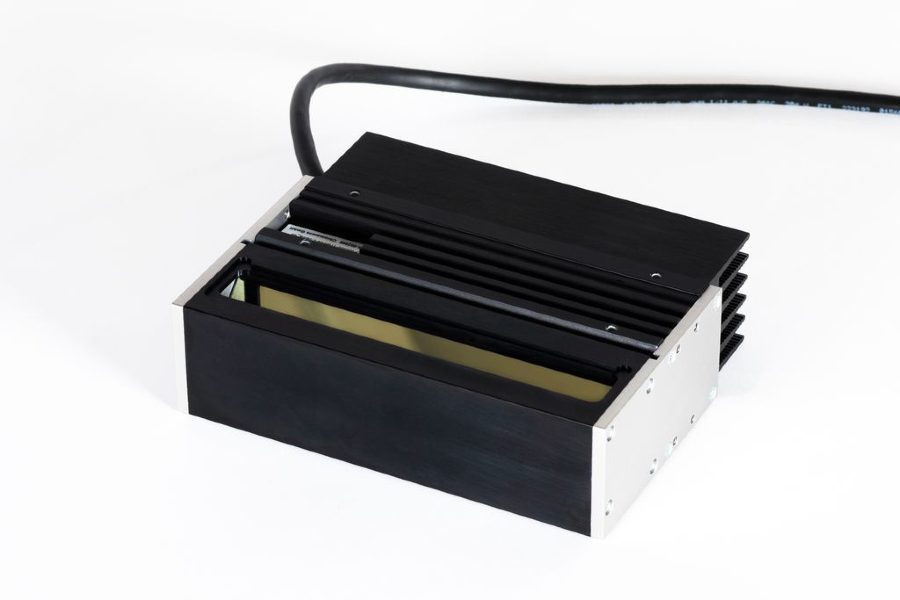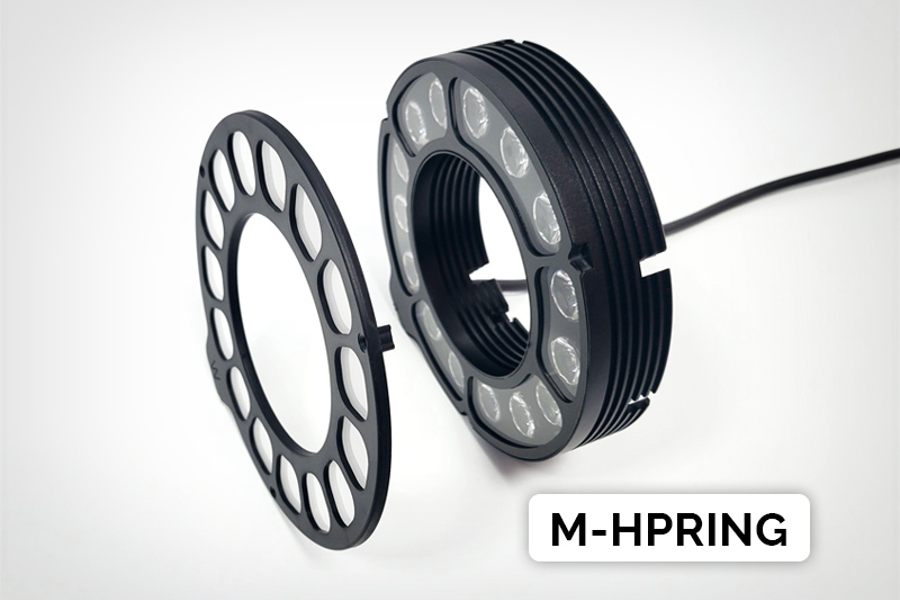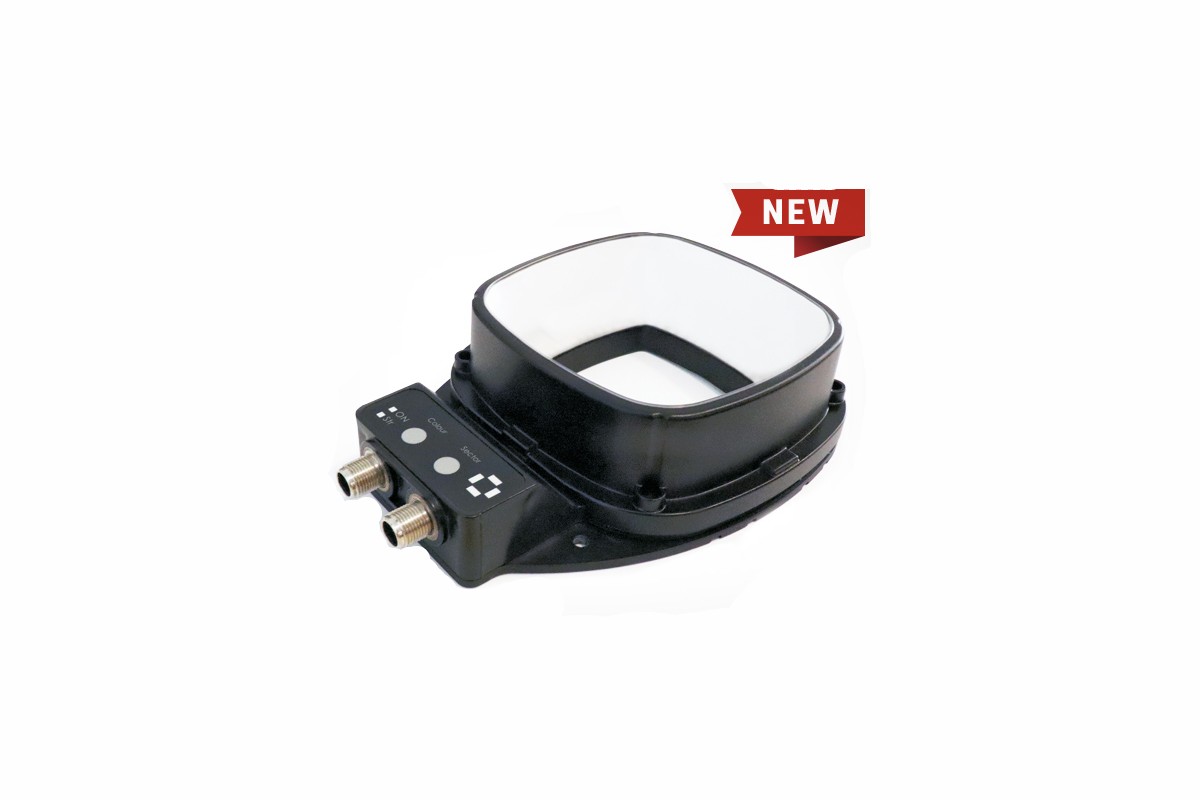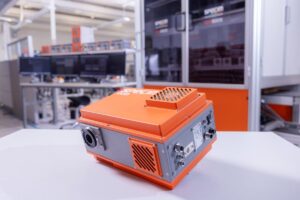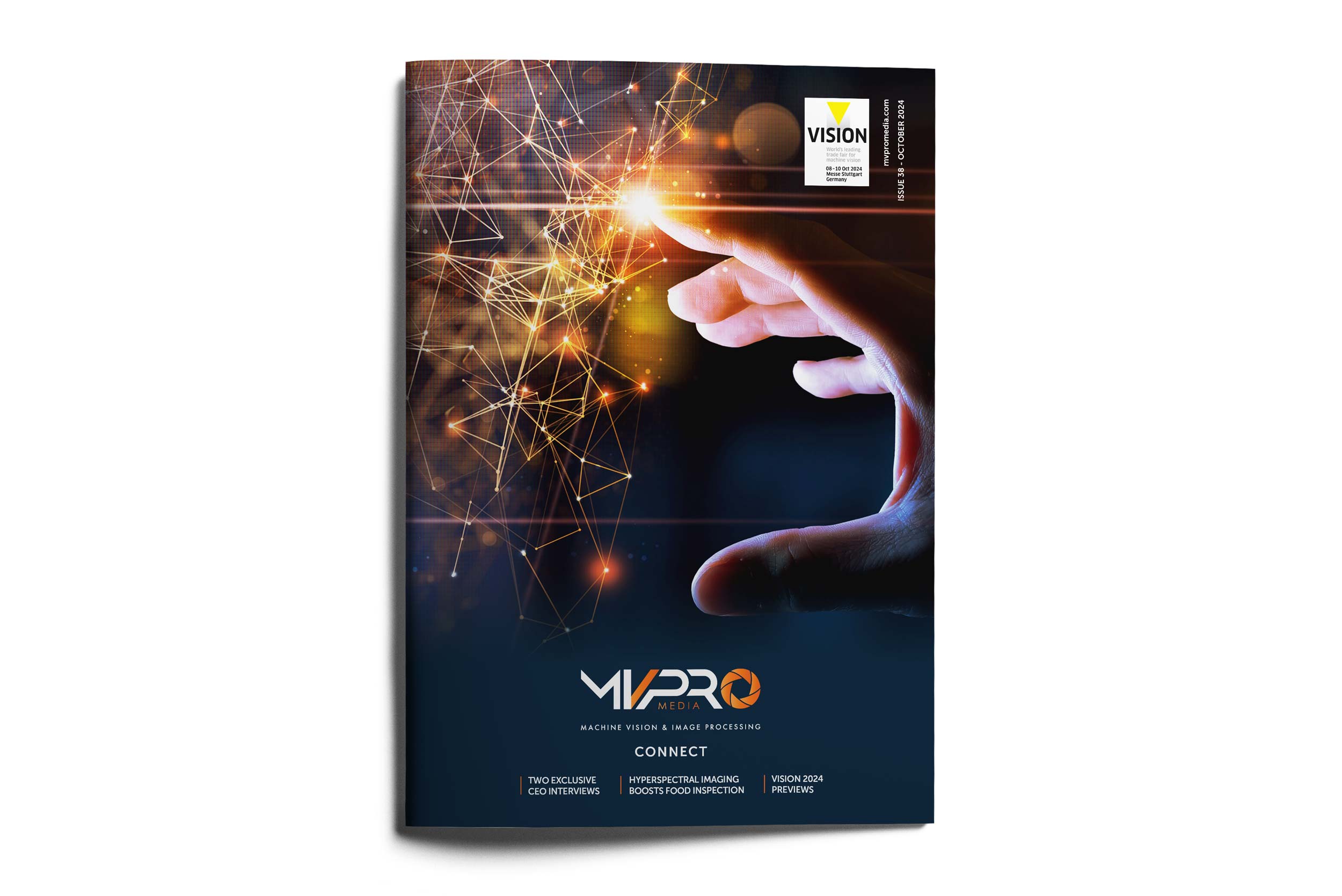When imaging highly reflective surfaces or where shadows obscure the objects being inspected, coaxial lights are the best choice. For this kind of lighting, a mirror is typically used to align the optical axis of the light source and lens, sending the light rays at a 90° angle to the target, while also reducing shadows and glare.
Chromasens has improved on the coaxial lighting concept with two coaxial modules added to its Corona II LED line scan illumination family, in bright field and dark field versions. Both feature a high-quality, anti-reflective coating and ultra-thin diffuser glass to reduce or eliminate ghost images often captured when imaging shiny surfaces, along with module lengths up 680mm for inspecting very large objects.
System integrators can select the version best suited for their application to detect defects on highly reflective surfaces such as semiconductor wafers, or within objects that require high intensity light into deep groves including automotive plug connectors.
While line scan cameras require only a thin line of light to serve as illumination, it is critical that the light source be as intense as possible with precise uniformity to avoid chromatic deviations. To achieve this, Corona II coaxial illumination modules are diffused by a beam-splitter so light has no discernible directionality, consequently shadows are eliminated and the effects of specular reflection are significantly reduced.
BRIGHT FIELD MODULE
Chromasen’s bright field coaxial module is based on the use of a perpendicular camera view. Light is deflected downward onto the imaging plane via a 50% beamsplitter, which also permits light from the object to be collected by the camera above. The coaxial path followed by the light results in a uniform bright field reflection directed along the lens axis and onto the imaging plane. The only interruptions of the bright field are the details present on the surface of the mirror.
DARK FIELD MODULE
The dark field approach is designed to get light inside of deep objects; for instance, the inspection of pin counts on automotive plug connectors installed within a housing. Dark field illumination is required in most inspection tasks utilizing telecentric lenses. Here, the coaxial light source will direct light rays towards the lens that redirects the light towards the object and is reflected back through the lens towards a camera, creating illumination that is both diffused and uniform.
Both the dark field and bright field coaxial modules are available with optional protective glass for dusty environments.


